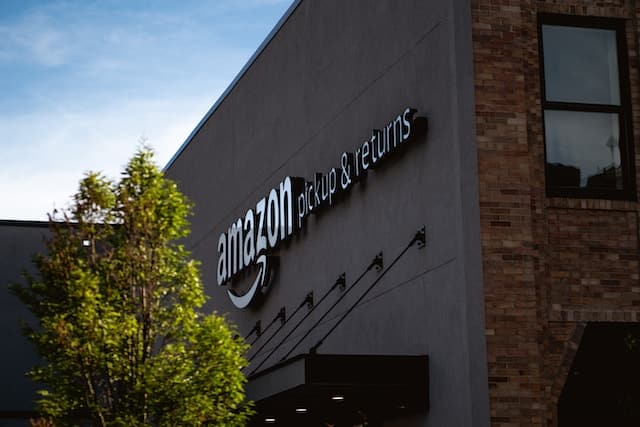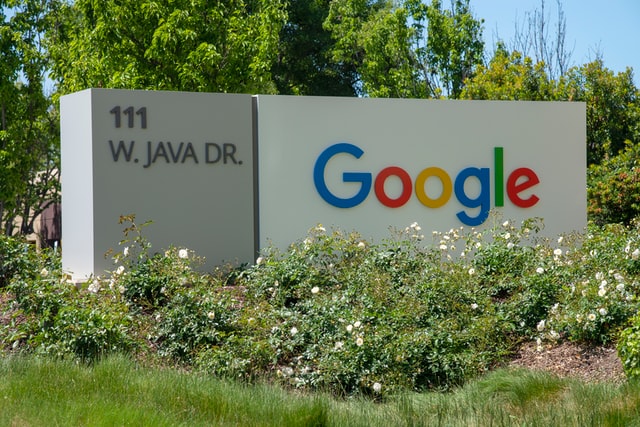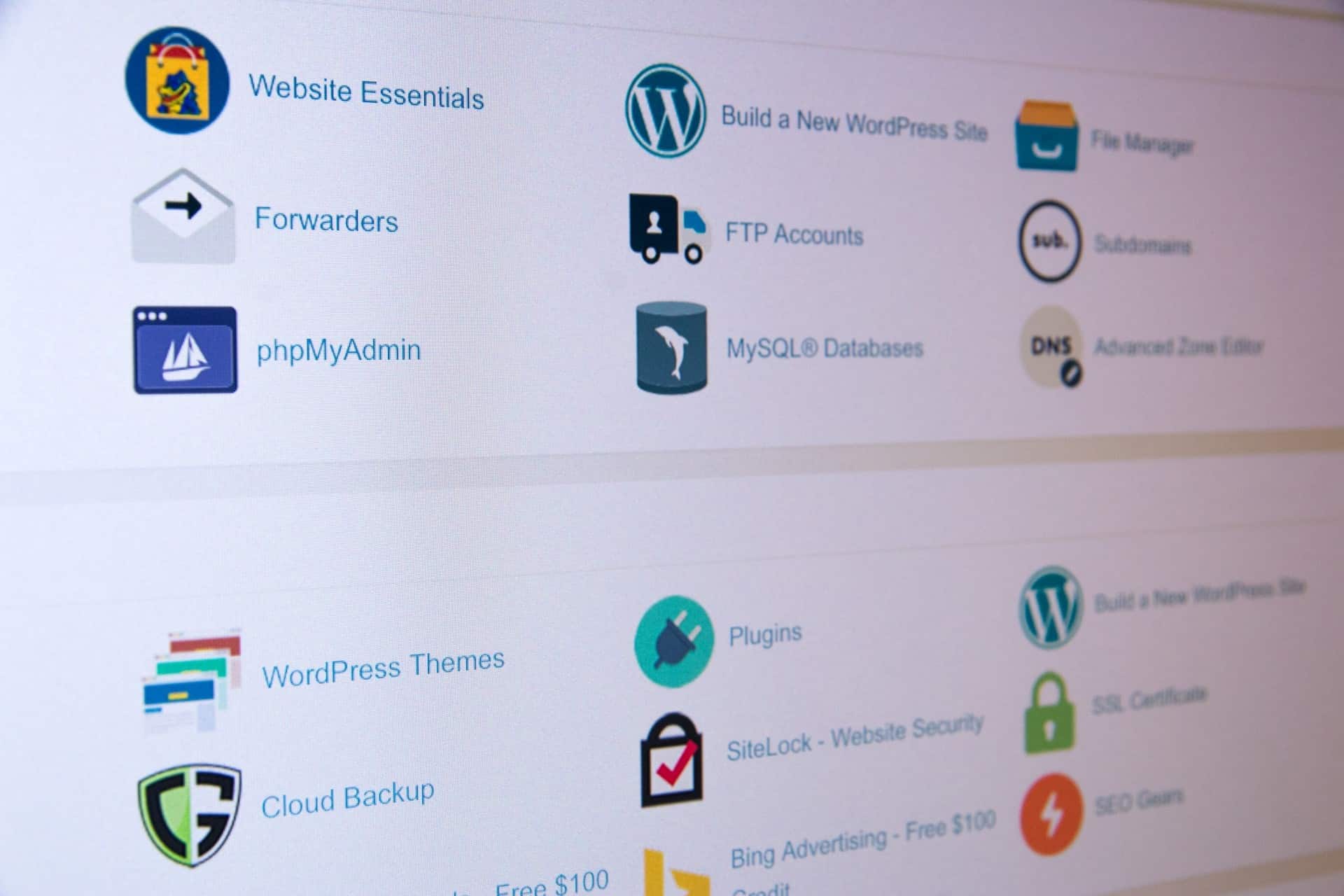Databricks is a software company based in San Francisco, California. The creators of Apache Spark, including Ali Ghodsi, Andy Konwinski, Arsalan Tavakoli-Shiraji, Ion Stoica, Matei Zaharia, Patrick Wendell, and Reynold Xin, founded it in 2013.
In Nov 2017, the company became a first-party service on Microsoft Azure. Databricks has around 4,000 employees and serves over 7,000 customers, including enterprises and startups. The company plans to hire additional 2,500 workers. In Aug 2022, Databricks had a valuation of $38 billion and hit a run rate of $1 billion. [1]
Databricks offers several products, including Delta Lake, Delta Engine MLflow, and Koalas. However, its top-selling service is the Lakehouse, which combines a data lake with a data warehouse in a single solution. It is based on the open-source Apache Spark framework, allowing users to execute analytical queries against semi-structured data without a traditional database schema.
In Oct 2022, Databricks Lakehouse Platform received FedRAMP authorized status. This authorization makes it the go-to solution for the US government and contractors.
In Dec 2022, Databricks was named a Leader in Gartner’s Magic Quadrant for Cloud Database Management Systems. However, the company faces stiff competition from AWS, Google Cloud BigQuery, Microsoft, MongoDB, Oracle, DataStax, Redis, and Db2. [2]
Here is an in-depth analysis of Databricks’ top 15 competitors and alternatives:
1. Amazon Web Service (AWS)
Year founded: 2006
Headquarter: Seattle, Washington
AWS is the world’s most comprehensive cloud offering. It has more than 200 fully featured services, including computing, storage, databases, networking, analytics, AI, the Internet of Things (IoT), virtual and augmented reality, and app development. In 2022, AWS was available in 96 zones across 30 geographic regions globally.
Both AWS and Databricks help organizations leverage and manage data, but AWS also offers Amazon Aurora and Amazon Redshift. In Nov 2022, AWS launched Amazon Aurora zero-ETL integration with Amazon Redshift to enable customers to analyze petabytes of data in near real-time.
The company also integrated Amazon Redshift with Apache Spark. These two integrations make it easier for users to analyze data across data stores, making AWS the top Databricks competitor and alternative. [3]

2. Google Cloud BigQuery
Year founded: 2010
Headquarter: Mountain View, California
BigQuery was developed by Google in Nov 2011 and is a serverless data warehouse. It is a Platform-as-a-Service (PaaS) that enables scalable analysis over petabytes of data. In 2021, Google had around 119,000 employees.
BigQuery has built-in machine learning capabilities and supports querying using ANSI SQL. In Oct 2022, Google Cloud unveiled several BigQuery upgrades and enhancements. Users can analyze unstructured and streaming data in BigQuery and access ML, translation, speech recognition, computer vision, and text processing capabilities via BigQuery’s SQL interface.
The platform now supports Apache Iceberg, Databricks’ Delta Lake, and Apache Hudi. These enhancements increase BigQuery’s competitive advantage over Databricks. [4]

3. Azure Synapse Analytics
Year founded: 2019
Headquarter: Redmond, Washington
Azure Synapse Analytics is an offering of Microsoft and is a cloud-based Enterprise Data Warehouse (EDW). It combines data integration, enterprise data warehousing, and big data analytics. Microsoft has more than 180,000 employees.
Azure Synapse Analytics is an unlimited information service that leverages Azure SQL Data Warehouse and massively parallel processing (MPP). Users can combine data storage and macro or Big Data analysis and run complex queries across petabytes of data.
However, the main advantage of using Synapse Analytics is its integration with Power BI and Azure ML, which provides a single service for all workloads. Azure Synapse Analytics is the best Databricks alternative for Microsoft Azure users. [5]
4. MongoDB
Year founded: 2007
Headquarter: New York City, New York
MongoDB is a source-available, cross-platform database developed by MongoDB, Inc., an American software company. The document-oriented, NoSQL database program uses JSON-like documents with optional schemas. In 2022, MongoDB had 3,544 employees and 39,100 customers in over 100 countries.
MongoDB’s document database supports JSON-like storage. It has a flexible data model that allows users to store unstructured data and leverage full indexing and replication with rich APIs.
In 2022, MongoDB was named a leader in The Forrester Wave: Translytical Data Platforms. The database has been downloaded over 325 million times and made available on the Microsoft Intelligent Data Platform to help developers build data apps at scale. MongoDB is one of the best Databricks alternatives. [6]
5. Oracle Database
Year founded: 1977
Headquarter: Austin, Texas
Oracle is a software company that offers the industry’s first self-driving database. The Oracle Autonomous Database solution runs natively on Oracle Cloud Infrastructure. In Dec 2022, Gartner recognized Oracle as a Leader in the Magic Quadrant for Cloud Management Systems. [7]
Oracle Database automatically secures databases, optimizes for the workload, and scales resources as needed. It leverages Oracle’s converged database engine to deliver a complete set of capabilities to support different data types, workloads, and development styles.
This approach simplifies app development and reduces complexity, cost, and risk, making Oracle Database a formidable Databricks competitor.

6. DataStax, Inc.
Year founded: 2010
Headquarter: Santa Clara, California
DataStax is a real-time data and AI company. It offers Astra Streaming and Astra DB, a cloud database-as-a-service (DBaaS) solution based on Apache Cassandra. In Jan 2023, DataStax acquired machine learning company Kaskada to unlock real-time AI. [8]
Both DataStax and Databricks simplify data management. With the addition of Kaskada, DataStax will give organizations a single environment to build AI-powered apps cost-effectively. The merger delivers an advanced AI model to enhance the relevance and context of real-time data.
In 2023, DataStax will introduce a new machine-learning cloud service. DataStax is one of the top alternatives to Databricks.
7. Redis Enterprise Cloud
Year founded: 2011
Headquarter: Mountain View, California
Redis is a computer software company that offers software, cloud services, and tools. Redis Enterprise Cloud is an open-source, in-memory NoSQL database. According to the Stack Overflow survey, Redis is the sixth most popular database globally.
The Redis database is open source but offers source-available extensions, an enterprise product, and a database-as-a-service (DBaaS) option. Around 25% of professional developers use Redis.
In Nov 2022, Redis acquired Ukrainian startup RESP.app to improve the user experience on the key-value database. Redis is one of the best Databricks alternatives for professional developers. [9]
8. Cloudera, Inc.
Year founded: 2008
Headquarter: Palo Alto, California
Cloudera is a software company that offers enterprise data management systems. Its products cater to machine learning and data analysis use cases. In 2022, Cloudera had around 2,700 employees and over 1,800 customers.
Cloudera Data Platform offers cloud services and data processing solutions that organizations can access via private or public cloud servers, such as Microsoft Azure or AWS.
In Jan 2023, Cloudera was recognized as a Leader in Gartner’s Magic Quadrant for Cloud Database Management Systems (DBMS) and is a formidable competitor for Databricks. [10]
9. Db2
Year founded: 1983
Headquarter: Armonk, New York
Db2 is a comprehensive suite of data management products developed by IBM. It includes database servers, which compete against Databricks’ solutions. In 2022, IBM had around 350,000 employees.
Db2 initially used the relational model, but IBM extended the platform to support non-relational structures. IBM introduced the universal container Db2u on RedHat OpenShift and expanded it to Amazon EKS and Azure AKS.
In Oct 2022, IBM announced plans to launch a database-as-a-service version of Db2 on hyper scaler clouds. This cloud-first strategy will increase Db2’s competitive advantage over Databricks. [11]
10. Couchbase Server
Year founded: 2010
Headquarter: Santa Clara, California
Couchbase Server is an open-source, NoSQL document-oriented database software package. It is optimized for interactive apps that allow concurrent users to create, store, retrieve, aggregate, manipulate, and present data. In 2022, over 30% of companies on the Fortune 100 list relied on Couchbase to power their apps.
Couchbase Server provides a flexible database platform to power apps and simplifies how developers and architects build, deploy, and consume modern apps. In Nov 2022, Couchbase partnered with AWS to offer integrated go-to-market incentives and technology integrations.
Users can migrate workloads to the Couchbase Capella DBaaS and run Capella App Service on AWS, making Couchbase a worthy alternative to Databricks. [12]
11. SingleStore
Year founded: 2011
Headquarter: San Francisco, California
SingleStore is a cloud-native database management system for data-intensive apps. It offers ANSI SQL support, data ingest, and query processing. In 2022, the company had around 400 employees and served 300 customers.
SingleStore and Databricks offer database platforms, but SingleStore separates storage and computing. With this approach, SingleStore’s platform can process a trillion rows per second and ingest billions of data rows per hour to support real-time analytics and operational AI.
In Oct 2022, SingleStore raised $30 million from investors. This funding comes a few months after the company secured $116 million in a Series F round, increasing its total to $412 million. SingleStore is one of the top Databricks competitors in the relational database service market. [13]
12. TigerGraph
Year founded: 2012
Headquarter: Redwood City, California
TigerGraph is a leading ML and AI graph analytics platform. It supports advanced analytics and ML applications, such as fraud detection, AML, customer 360, supply chain, knowledge graph, cybersecurity, IoT, and network analysis.
In Dec 2022, TigerGraph was recognized in Gartner’s Magic Quadrant for Cloud Database Management Systems. [14]
TigerGraph is based on the industry’s first distributed native graph database-as-a-service. It accelerates the adoption of graph technology with easy-to-use features.
Hundreds of data analysts and scientists use the platform to process analytics and transactional workloads in real-time, making TigerGraph one of the best Databricks alternatives for database management.
13. Neo4j
Year founded: 2007
Headquarter: San Mateo, California
Neo4j is an enterprise-grade graph database management system. It unlocks the business value of connections, influences, and relationships in data for organizations of all sizes.
In 2022, Neo4j had around 700 employees stationed in the US, India, Europe, and South East Asia. In Jun 2022, Neo4j raised $325 million in a Series F funding round. This investment increased Neo4j’s valuation to over $2 billion. [15]
Neo4j’s graph database combines native graph storage and processing, advanced security, scalable architecture, and an ACID-compliant transactional database. The company will use the funds for the expansion of its developer ecosystem and footprint globally. Neo4j is an intuitive Databricks alternative.
14. Yellowbrick Data
Year founded: 2014
Headquarter: Mountain View, California
Yellowbrick Data is a database company that offers a modern and elastic data warehouse. It runs on-premises and in the cloud and separates storage and computing. Like Databricks, Yellowbrick allows enterprises to run complex queries on data.
Yellowbrick Data Warehouse helps large-scale enterprises eliminate complexity, reduce risk, and control costs. Users can run all their data across multi-cloud and on-premises instances.
In Jun 2022, Yellowbrick Data released its latest cloud data warehouse. Enterprises can now deploy the Yellowbrick Data Warehouse Platform on-premises or in AWS and run it in their cloud accounts. Yellowbrick Data is a worthy alternative to Databricks. [16]
15. Snowflake Inc.
Year founded: 2012
Headquarter: Bozeman, Montana
Snowflake is a cloud computing and data cloud company. It offers data-as-a-service (DaaS), including cloud-based data storage and analytics. In 2022, Snowflake had 3,990 employees and over $1.2 billion in revenue.
Snowflake helps organizations maximize the value of their data. Thousands of customers use its integrated data warehouse platform to extract insights from data and develop innovative data applications.
In 2022, Snowflake’s quarterly losses soared due to increased R&D investment and marketing expenses. Financial challenges undercut Snowflake’s competitive advantage over Databricks. [17]
References & more information
- Miller, R. (2022, Aug 12). As other startups slash spending and hoard cash, Databricks hits the accelerator. TechCrunch
- Ehrli, E. (2022, Dec 16). Databricks named a Leader in the 2022 Gartner Magic Quadrant for Cloud Database Management Systems. Databricks.com
- AWS (2022, Nov 29). AWS announces two new capabilities to move towards a Zero-ETL future on AWS. Business Wire
- Woodie, A. (2022, Oct 11). Google Cloud opens up its Data Cloud at Next ’22. Data Nami
- Williamson, R. (2022, Dec 6). Azure Synapse Analytics: Reasons why you need it. Data Science Central
- MongoDB, Inc. (2022, Dec 6). MongoDB Announces Third Quarter Fiscal 2022 Financial Results. PRNewswire
- Oracle, Inc. (2022, Dec 22). Oracle scores highest in all Use Cases in 2022 Gartner Critical Capabilities for Cloud Database Management Systems. Oracle.com
- DataStax (2023, Jan 12). DataStax acquires Machine Learning Company Kaskada to unlock real-time AI. Business Wire
- Clark, L. (2022, Nov 3). Redis swallows RESP.app biz that made its database easier for developers. The Register
- Cloudera, Inc. (2023, Jan 10). Cloudera was recognized as a Leader in the 2022 Gartner Magic Quadrant for Cloud Database Management Systems. PRNewswire
- Clark, L. (2022, Oct 27). Db2 goes “cloud-first” as IBM struggles to lift database dinosaur The Register
- Couchbase, Inc. (2022, Nov 29). Couchbase announces strategic collaboration with AWS. PRNewswire
- Wiggers, K. (2022, Oct 4). SingleStore raises $30 million more to bring its database tech to new customers. TechCrunch
- TigerGraph, Inc. (2022, Dec 22). TigerGraph was Recognized for the First Time in the 2022 Gartner Magic Quadrant for Cloud Database Management Systems. Globe Newswire
- Naik, A. R. (2022, Aug 8). The Origin of Neo4j. Analytics India
- Yellowbrick (2022, Jun 14). Yellowbrick Announces Latest Version of its Data Warehouse Platform. Globe Newswire
- Leo, L. (2022, Dec 1). Snowflake’s quarterly net loss widens as expenses rise. Reuters
- Featured Image by Scott Graham
Tell us what you think? Did you find this article interesting? Share your thoughts and experiences in the comments section below.














Add comment